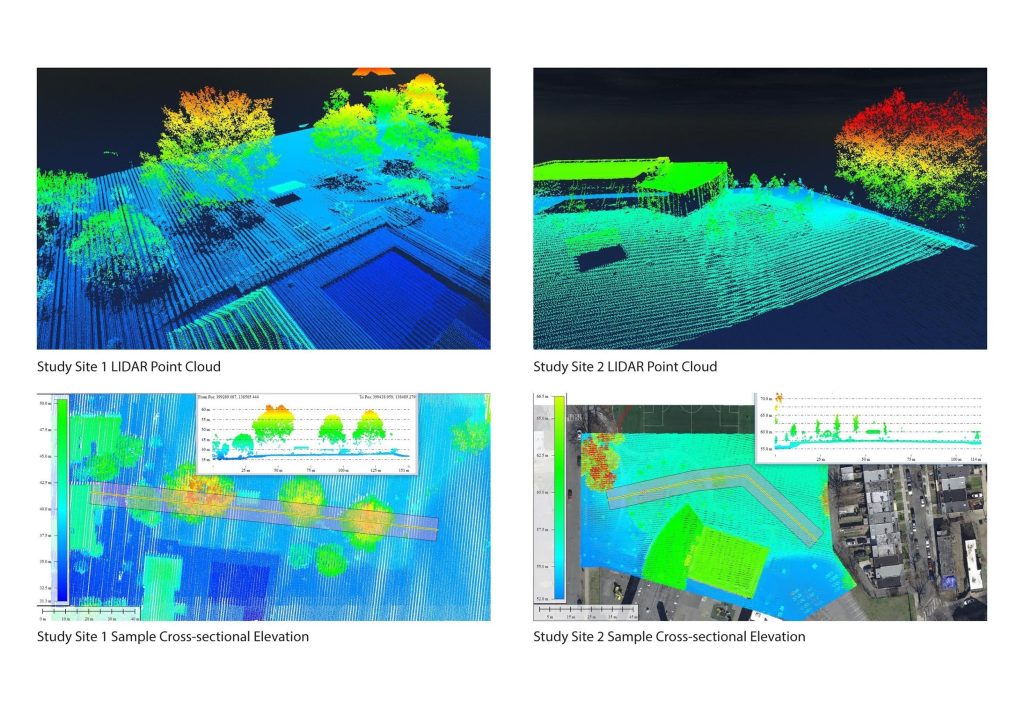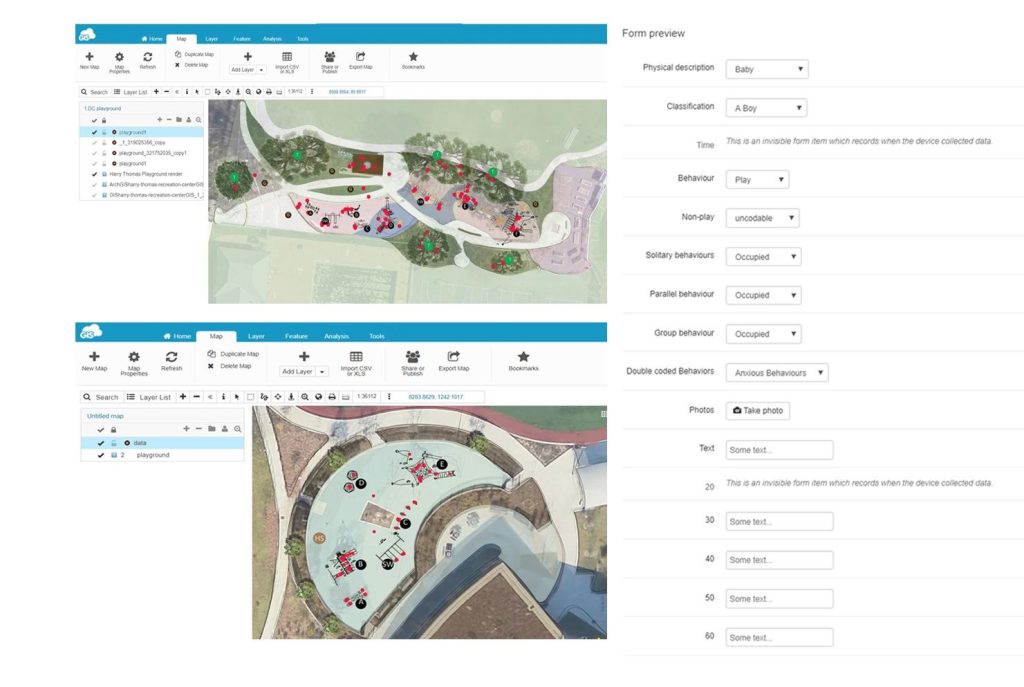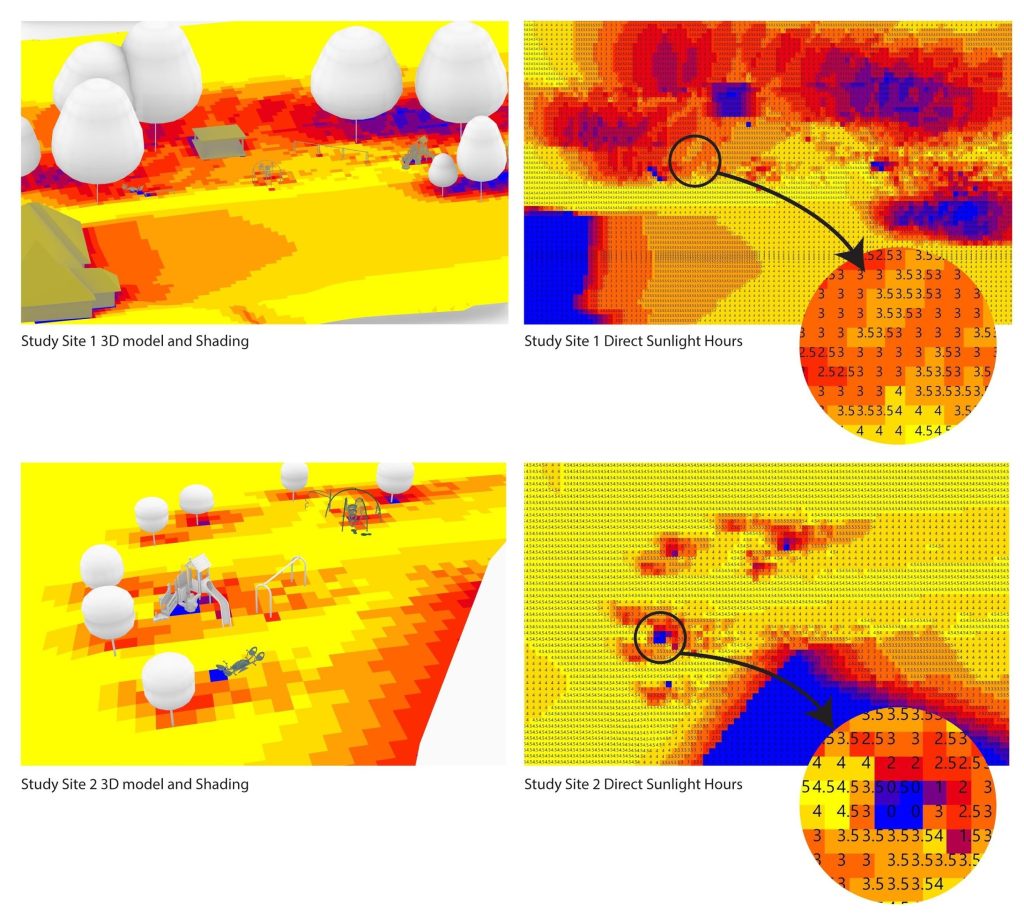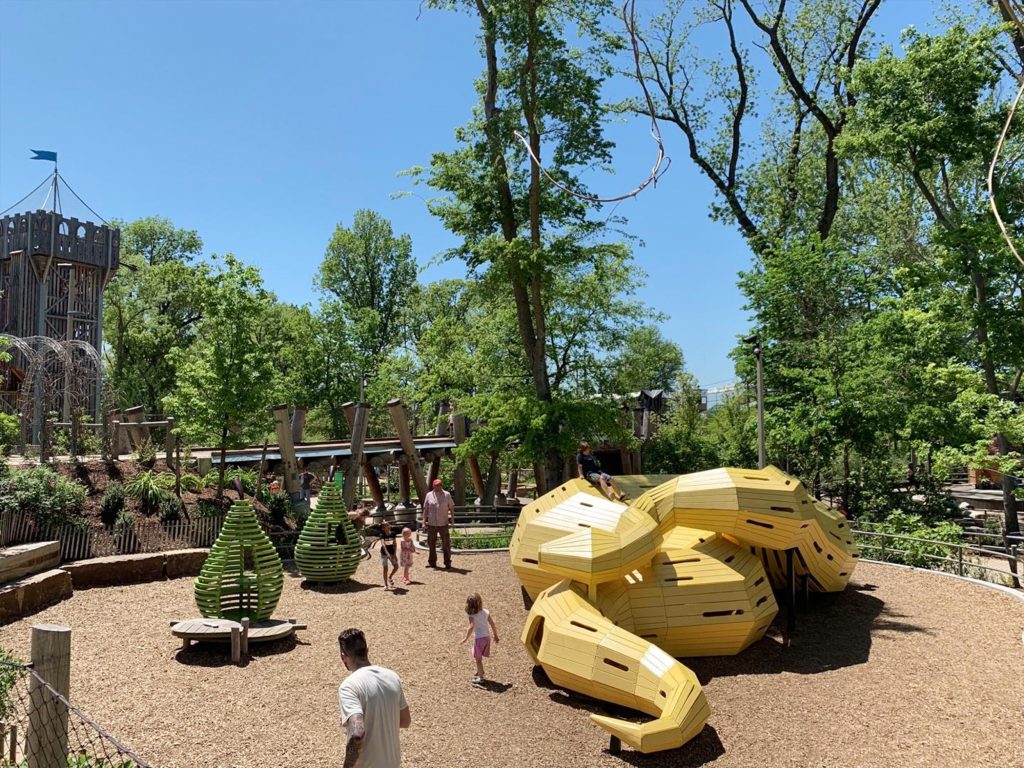Children in modern societies are experiencing a sharp decline in outdoor play and contact with nature, which leads to not only play deprivation but also nature deficit disorder, a concept describing the diminished use of the senses, attention difficulties, and higher rates of physical and emotional illnesses due to alienation from nature (Louv, 2008). The Biophilia Hypothesis highlights the health benefits of engaging with nature from an evolutionary perspective; it is the inherent human inclination to interact with nature and other living organisms (Kellert & Wilson, 1993). Holding a biophilic perspective, Kahn and Kellert (2002) explored the psychological, intellectual, and sociocultural values of children being allowed to play in nature in their text Children and Nature: Psychological, Sociocultural and Evolutionary Investigations. Contact with nature is critical for nourishing children’s holistic health status and facilitating their early childhood development.
Based on play theories and the significant health benefits of engaging with nature, integrating natural elements into playground design has become a promising intervention to promote early childhood development. Such developmental benefits include (1) significant contributions to children’s cognitive and intellectual development in early childhood (Mainella, Agate, & Clark, 2011); (2) enhancing children’s physical activity levels (Willenberg et al., 2010) and outdoor play time (Barton, Sandercock, Pretty, & Wood, 2014; Coe et al., 2014), and (3) encouraging young children’s social interactions and emotional advancement during play (Mainella et al., 2011; Wheway & Millward, 1997; Waite, Rogers & Evans, 2013).
The two studies documented in this research were among the first to explore how nature and landscape trees on urbanized playgrounds could impact children’s play behaviors. Two age groups of children were studied, and the findings aligned with the assertions of some classic theories that early childhood development follows hierarchical stages—from the simple, sensorimotor stage to a more advanced, social-cognitive stage (Piaget, 1962). Toddlers and preschoolers displayed more solitary and functional play while young children were able to play more games in groups. The findings revealed that the presence of nature and tree shade could significantly impact children’s social, cognitive, and free-play behaviors.
Accumulating studies have suggested planting trees at playgrounds for summer thermal comfort and energy efficiency, and such recommendations applied to geolocations in both North America (Cheng & Brown, 2020) and China (Zhang et al., 2017). This article attempted to interpret the efficiency of playground trees from the perspective of children’s length of playtime and play behaviors. The two studies in this article examined two play seasons (i.e., spring and summer) in the humid subtropical climate zone with mild to severe sunlight intensity. For other geolocations where excessive sunlight and heat are desirable in the harsh winter, the relationship among trees, children’s play patterns, and their perceived thermal comfort need further research.
Mariami Maghlakelidze In collaboration with Shan Jiang, Yang Song, Dongying Li.
(2020). Landscape Architecture Journal. 182. 63-76. Beijing, China.




Playground B_Study Area